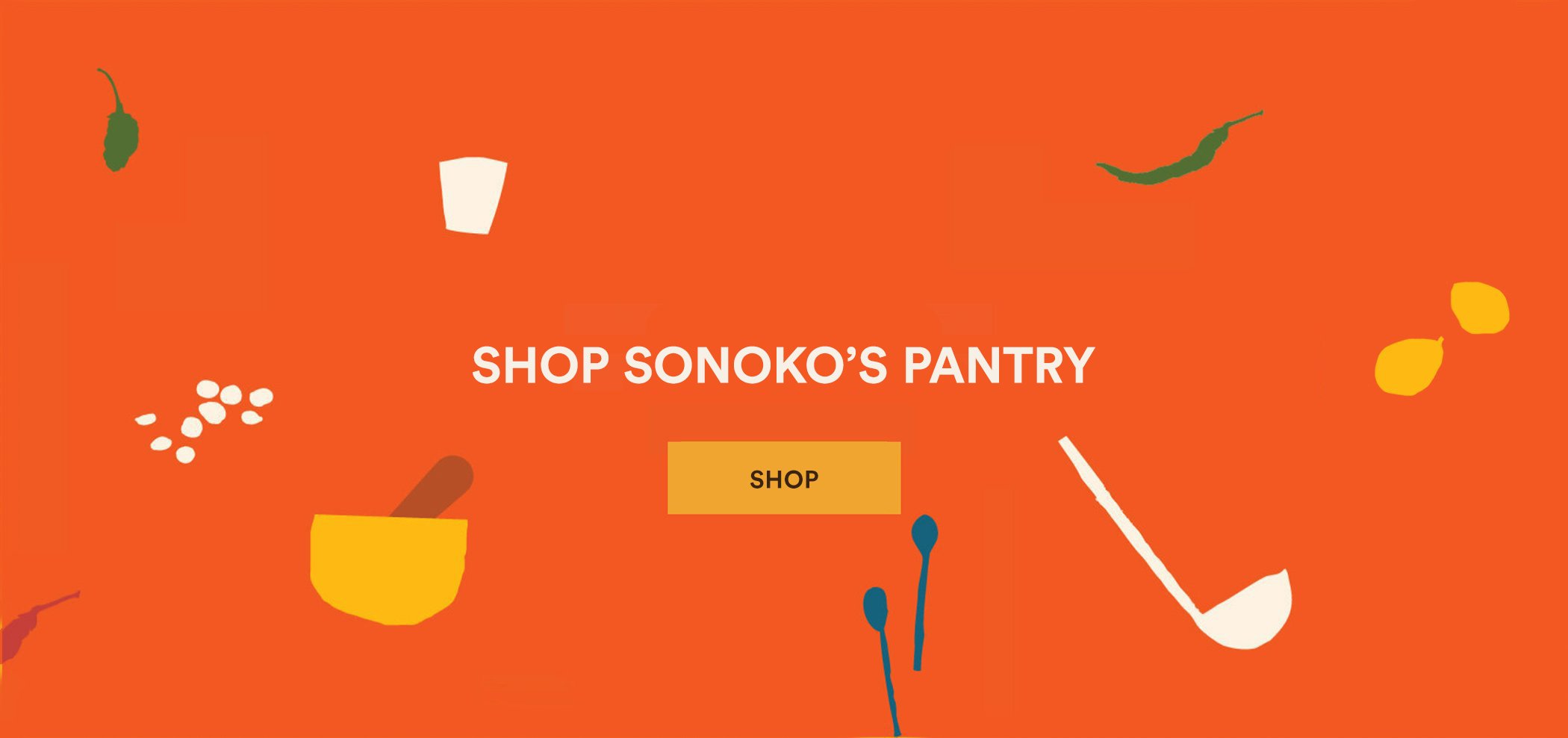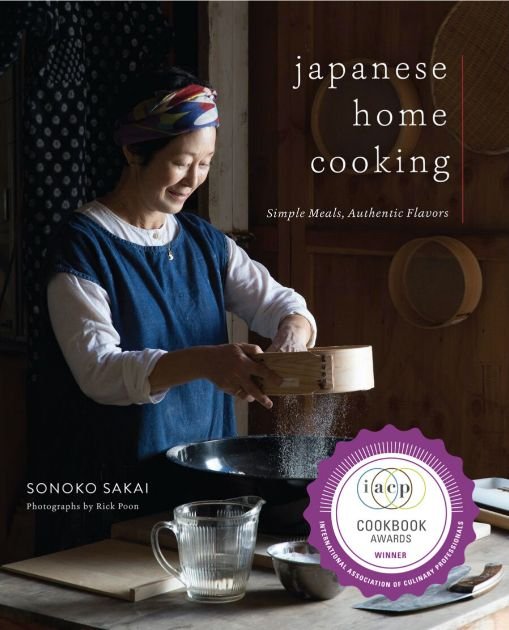COOK, TEACHER, AUTHOR
Hello, my name is Sonoko Sakai and I was born in New York and raised in many places, including Japan, Mexico and the United States. I have made Los Angeles my home for most of my adult life but still consider Japan my home away from home. My cooking reflects my rich multi-cultural upbringing. My goal as a cook, teacher and writer is to build a deeper appreciation for home cooking, culture and community.
One of the best cookbooks of the year
- NY Times, LA Times, Bon Appétit, The Boston Globe, The Strategist, Serious Eats, & Saveur
WAFU COOKING
A bold, fresh new approach to Japanese cooking: 120-plus globally influenced recipes…
In this cookbook, I redefine what Japanese cooking can be. Wafu (literally “Japanese style”) food is fusion at its best, combining flavors, ingredients, and techniques from around the globe with a distinctly Japanese personality.
Wafu Cooking is a collection of recipes that captures the cultural exchange between Japan and the rest of the world in dishes that have come to Japan from abroad and been “wafu-ed” to suit local tastes, and in Japanese dishes that are reimagined through an American lens.
From Dashi Cheese Grits with Honey Miso Butter, Collard Greens and Cabbage Miso Soup with Crispy Bacon, and Fish and Lotus Chips, to Caesar Salad with Aonori Croutons and Bonito Flakes, Shio Koji Marinated Roast Chicken, and Miso Apple Pie, these are recipes that reflect—and celebrate—the multinational, interconnected way in which we all eat today. I also introduce the essential building blocks of Japanese cuisine—dashi, miso, and soy sauce—that can be used to give any dish a wafu twist.
A book that reflects as much of my own journey—a life spent in New York, Los Angeles, Mexico, and elsewhere—as it does the foods of Japan, Wafu Cooking allows me to tell my food story from a whole new and thoroughly modern point of view.
SHOP
WORKSHOPS & EVENTS
PRESS
“Sakai’s recipes are original, playful, and fun, and strike a balance between classic wafu dishes and new, inventive takes that could have been dreamed up only by her.”
- Kat Thompson
“Great soba doesn’t quite exist in Los Angeles, except possibly when Sonoko Sakai is doing one of her occasional soba pop-ups.”
- Jonathan Gold
15 Creative Women For Our Time
See Full Article
“Sonoko Sakai is a master of the art of flavor and texture development in all things delicious, especially heritage grain cookery where her insights and originality from garden and field to bowl are unparalleled.”
- Glenn Roberts, Anson Mills
EXPLORE MY BOOKS
JAPANESE HOME COOKING
“This is a beautiful love letter to the simple, soulful foods that bring together family and tradition, seasonality and sustainability. Sonoko Sakai presents the elements of a home-cooked Japanese meal with thoughtfulness and clarity, honoring the deep culinary heritage of Japan and celebrating the provenance of her local ingredients.”
- Alice Waters
“This book is a must read for any cook looking to tap into the depth of the Japanese culinary tradition.”
- Travis Lett, Chef / Owner Gjelina and MTN
“Sonoko Sakai’s passion for the Japanese kitchen is matched only by her generosity as a teacher, and I am so glad too have this book to learn from for the rest of my life.”
- Francis Lam, Host of The Splendid Table
“For anyone interested in Japanese home cooking, you could ask for no better teacher than Sonok Sakai. Her approach is assured thoughtful, and flexible, all at once. Her clear-as-a-bell recipes, enhanced always with stories from her singularly interesting life, lead to the most remarkable and delicious results. You need this book!”
- Rachel Khong, author of Goodbye, Vitamin
MAI AND THE MISSING MELON
1 am very excited to announce that my first children's book is officially out in the world and ready for you to enjoy. It is inspired by a true story set in the 60s in Kamakura, Japan. It's about a melon I forgot on a train on my way to visit my grandmother, Obachama, how we found it and ate it together. I am working with artist Keiko Brodeur. I met Keiko in one of my cooking classes like I have many wonderful people. The story of the missing melon is based on an article I wrote for the Los Angeles Times food section 20 years ago.























